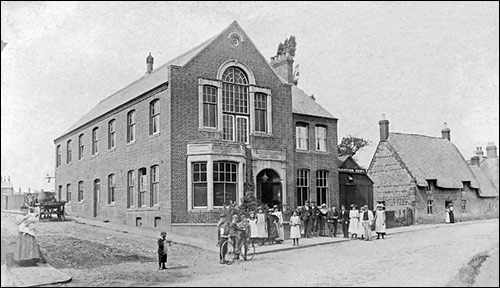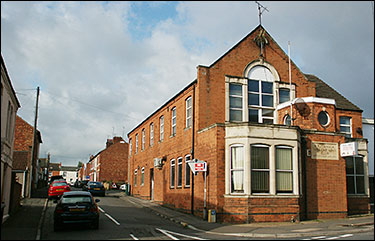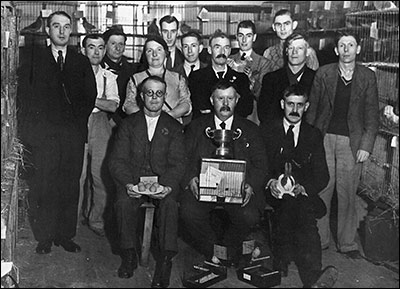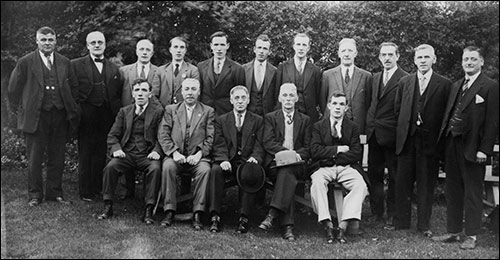Origin
The Britannia Working Men's Club, or The "Brit" as it is commonly known, began life in about 1895 in a former barn off the High Sreet that had been converted into a workshop by a clothing manufacturer and then vacated. The Wellingborough News for April 21st 1899 mentions that these premises had became more and more inadequate due to the increase in membership, so much so that the members themselves bought a plot of land on the corner of High Street and Newman Street; in 1898 the building was begun and completed one year later at a cost of £1,200. Talking generally about the Working Men's movement, the article informs us that the intention was that "a club should be a training ground of making members more gentle and forebearing one to another, and should help to brighten the lives of the people as well as help in the training of character." The opening ceremony included a first class dinner provided by Mr and Mrs Tapsell of the Burton Latimer Coffee Tavern.
Click here to read about the opening event 1899
Extensions and alterations to the Building
The club has undergone many improvements and noticeable changes since it was built. One of the first was noted in the Northampton Mercury 6th May 1910 below:
This new facility would have been a boon to members, especially the ironstone miners, none of whom would have had a bathroom at home.
In the 1920s the front wall and railings were demolished to make way for a new extension to the front to enable the bar and lounge to be enlarged. Part of the original ballroom window was removed to enable new access to the large upstairs function room.
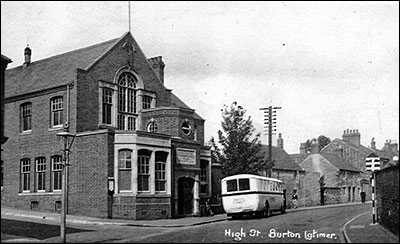 |
|
Left: 1920s photograph of The
Britannia taken shortly after the
new frontage was added.
Below: Photograph of the original
building taken in 1899.
|
|
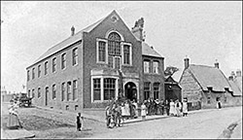 |
|
To the right of The Britannia, almost adjoining and somewhat incongruously, stood the Salvation Army's hut, thought to have been erected some ten years prior to the club being built. In the mid 1960s the Salvation Army had ceased to use it and it was demolished. By this time The Britannia had acquired the land for an extension but it was a condition of the sale of the land that alcohol should not be sold or consumed on the site. This resulted in the building of an extension to accommodate a new front entrance and staircase, with the entrance at the extended frontage being bricked up.
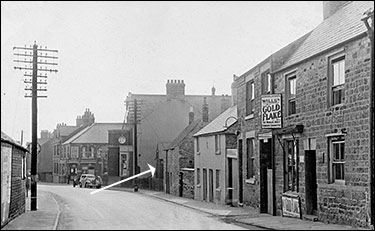 |
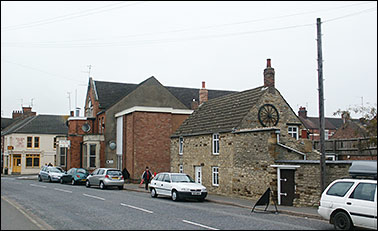 |
|
|
Top left: Photograph of The Britannia taken in 1947.
The Salvation Army hut (arrowed) was still there then.
Top right: This 2006 photograph shows the 1960s side extension after the demolition of The Salvation Army hut.
Left: Modern photograph of The Britannia showing the bricked up frontage. |
|
Members in Wartime Service
Commemoration boards were put up to honour those men who served in the two world wars. The one below honours those who took part in World War II. To see the board commemorating members who fell during World War I, please click here. Both boards can still be seen in the club.
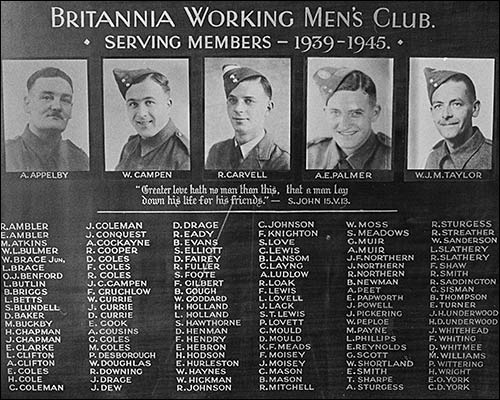 |
|
World War II commemoration board still on display in The Britannia Club.
|
Annual Events
A highlight of the year for more than a hundred years has been The Britannia Club's Annual Show. Still held until recent times, it featured the finest produce from the local allotments. The photograph below, dated 1920s, has been reproduced from a newspaper at the time.
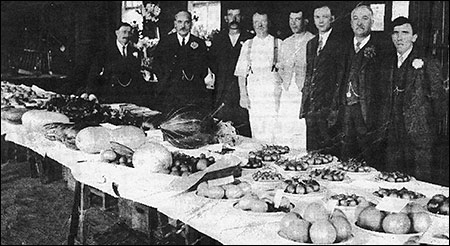 |
|
The Annual Show - 1920s
L-R: Fred Chambers, Secretary of the Allotment Committee; Fred
Stokes and Allan Munday. The names of next four are not known
but Mr C. Palmer stands on the far right. Can you help with the
other names?
|
| Another show was that of the Fur and Feather, although sadly this event ceased some time ago. |
Above: Britannia Club Fur & Feather Prize Winners 1930
Below: Britannia Club Fur & Feather Committee 1930 |
| Sports days were also held, in which Members' children were invited to take part in various races. |
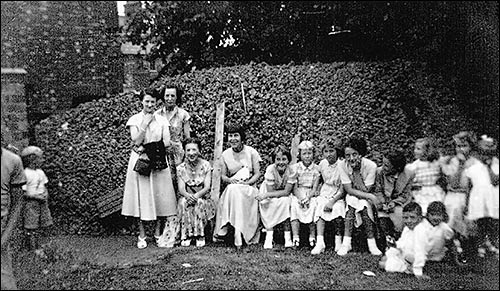 |
|
Britannia Cub Children's Sports Day 1953-4
The four ladies are Pat Stephenson, Margaret Rose, Gwen Stephenson
and Eileen Rose. Next are Lesley Betts, Marion Smith, ? , Christine Fennell.
The others are not known.
|
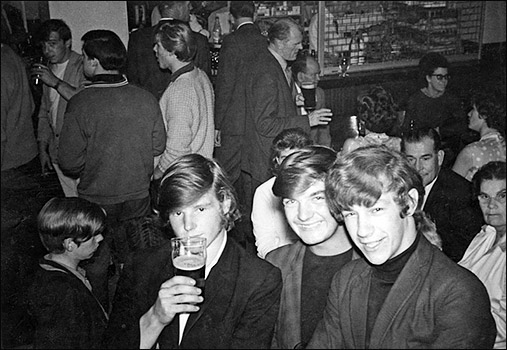 |
The Main Bar - 1970
Foreground ( l. to r.) : John Taylor, Alan Ashby, Ron Carter
Background includes Ivor Clifton, Pete Hammond, Fred Fox
Photo by permission of Ron Carter
|
A feature of the club were the numerous societies and groups that were formed by members. These included sports teams, gardening societies (press report on 1980's flower show can be read here) and other activities. A number of members were keen punters and trips to race meetings were held regularly, it was after one such trip that a group of keen race goers won a national competition, details of the win were reported in the local press and can be read here.
Views From Above
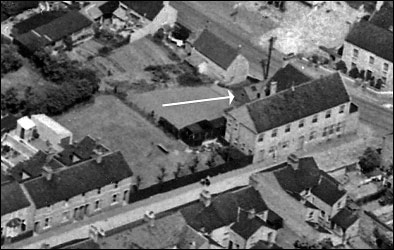 |
 |
|
Two aerial views of The Britannia Working Men's Club.
The one on the left, taken in 1950, showsThe Salvation Army's hut is still next door.
By the time of the photograph on the right (1984) the hut had been demolished to make way
for the side extension.
|
|
